FNS60215 Advance Diploma Accounting Assessment 1 - APS 110
VerifiedAdded on 2023/01/19
|11
|546
|45
Homework Assignment
AI Summary
This assignment is an assessment for the FNS60215 Advanced Diploma of Accounting, specifically focusing on the application of economic principles within the financial services industry, assessed through FNSINC601. The assessment delves into Prudential Standard APS 110, outlining the key requirements and objectives of the standard, which primarily centers on assisting Authorized Deposit-taking Institutions (ADIs) in maintaining adequate capital. It explores responsibilities for capital management, emphasizing the alignment of risk profiles with risk appetite and the importance of a capital buffer to absorb unanticipated losses. The document details the measurement of capital adequacy, including internal assessment processes and the use of a tiered approach. It specifies minimum capital adequacy requirements, such as Tier 1 and total capital ratios, and explains the risk-based capital adequacy framework established by the Basel committee, including the calculation of risk-weighted assets. References to APRA documentation support the analysis, providing a comprehensive overview of the subject matter.
1 out of 11

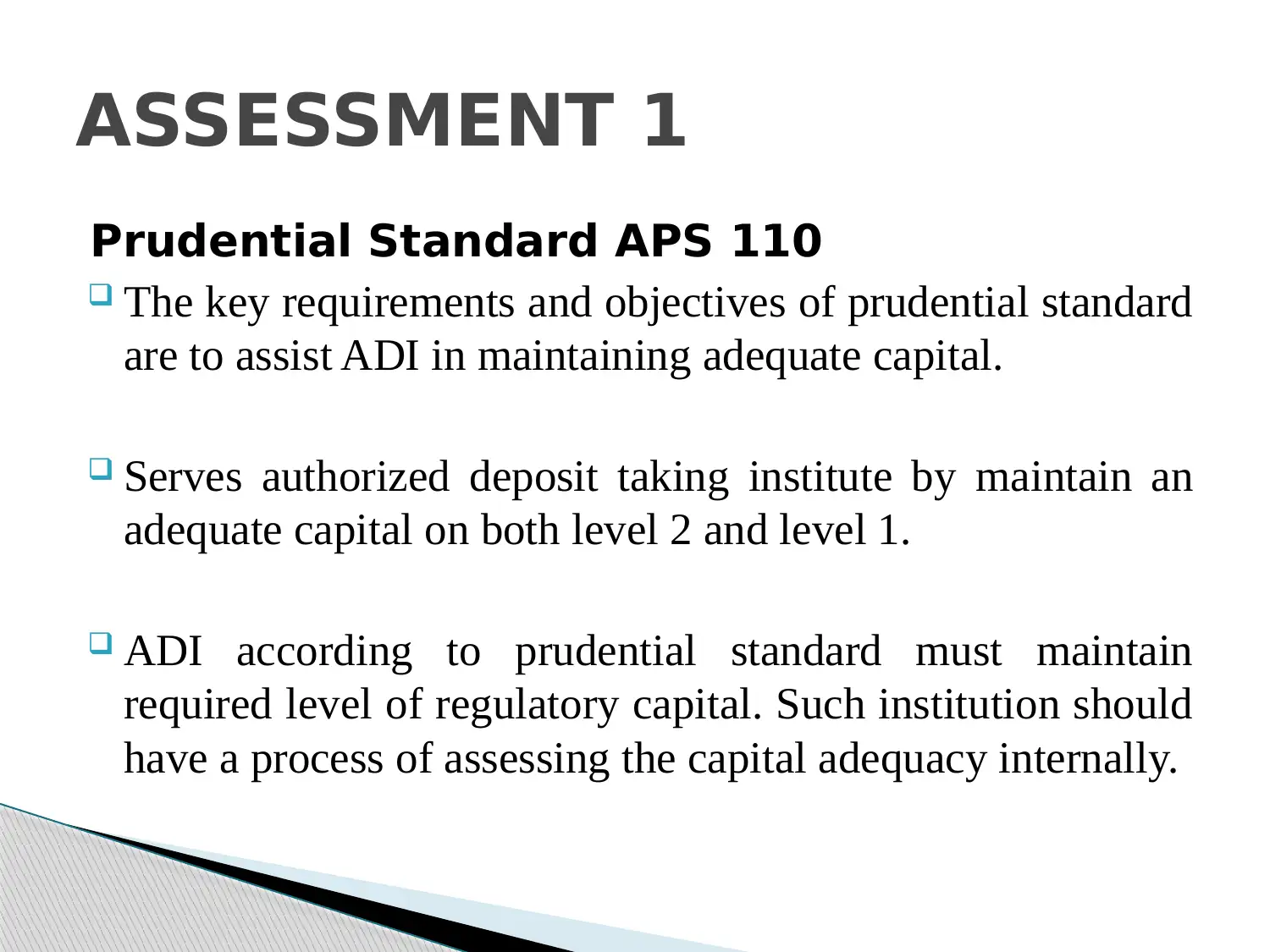
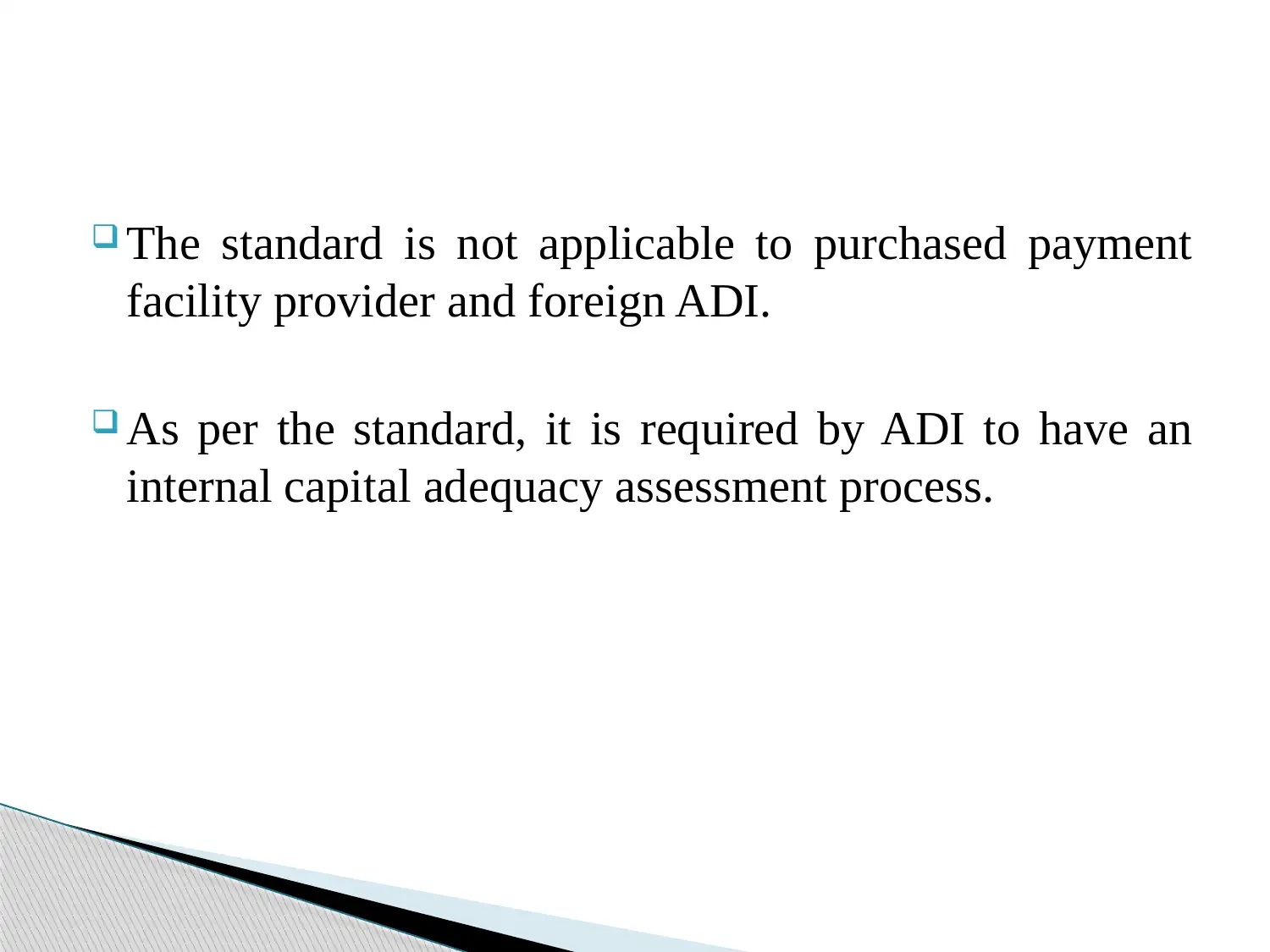

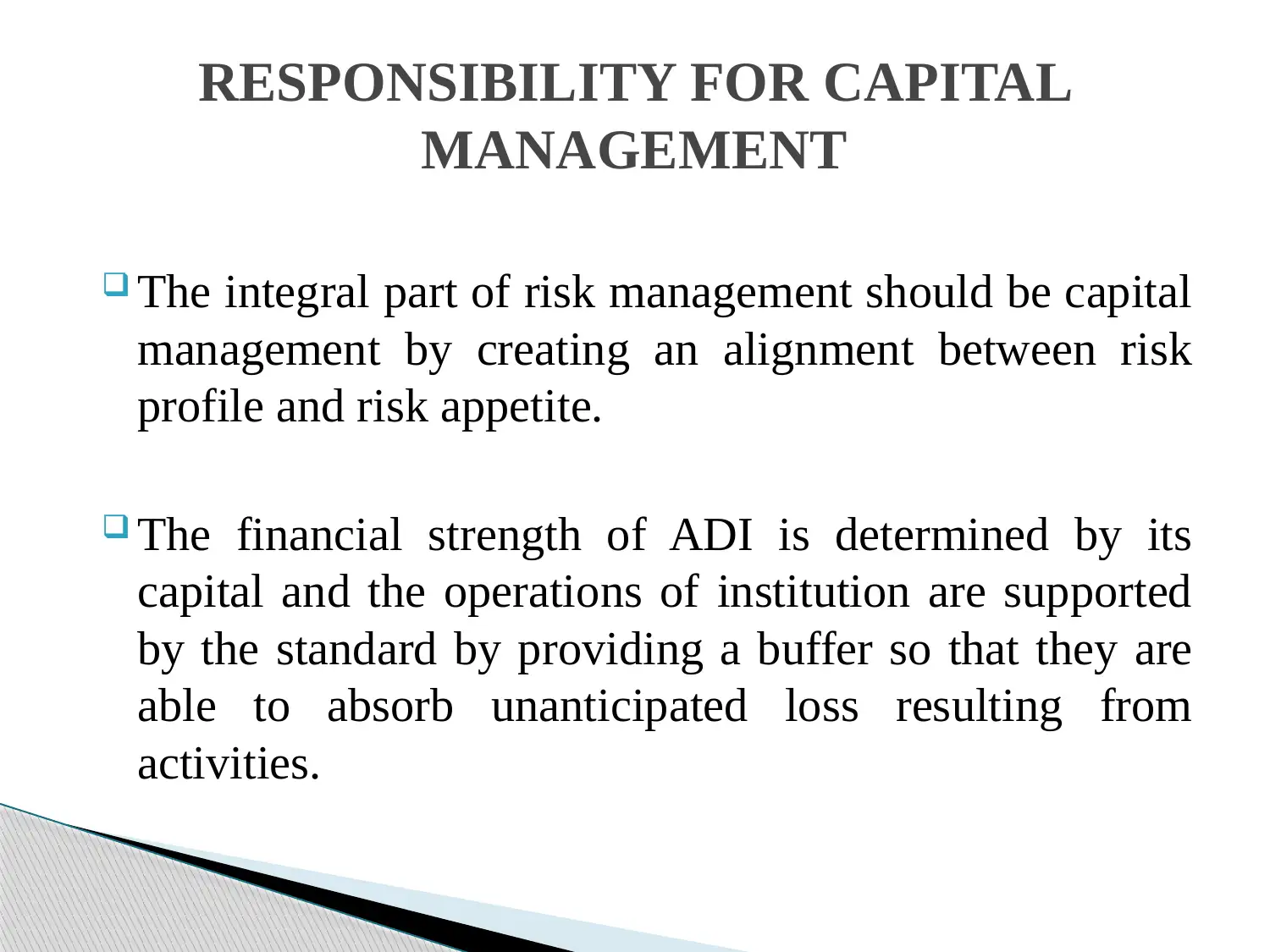
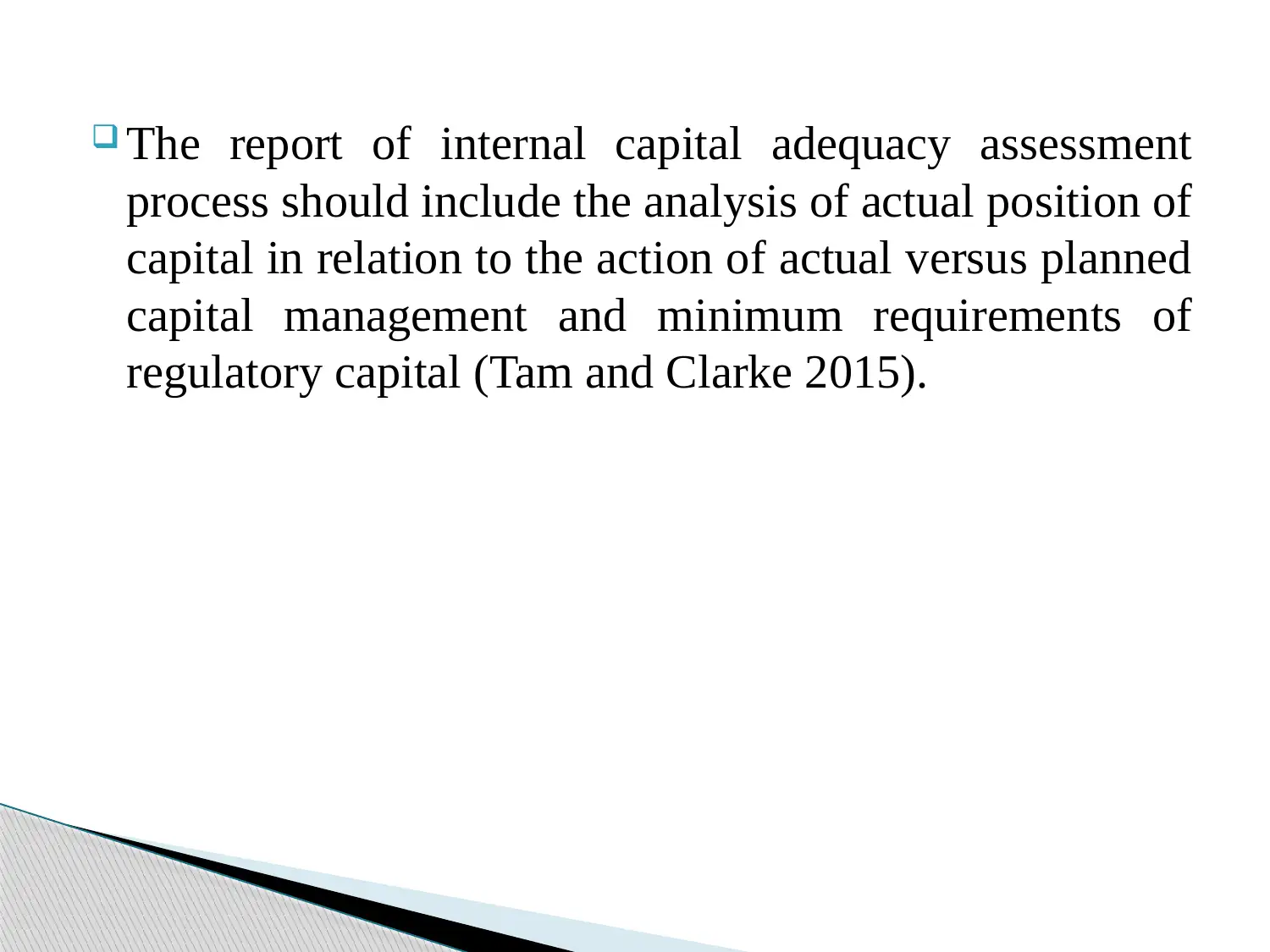
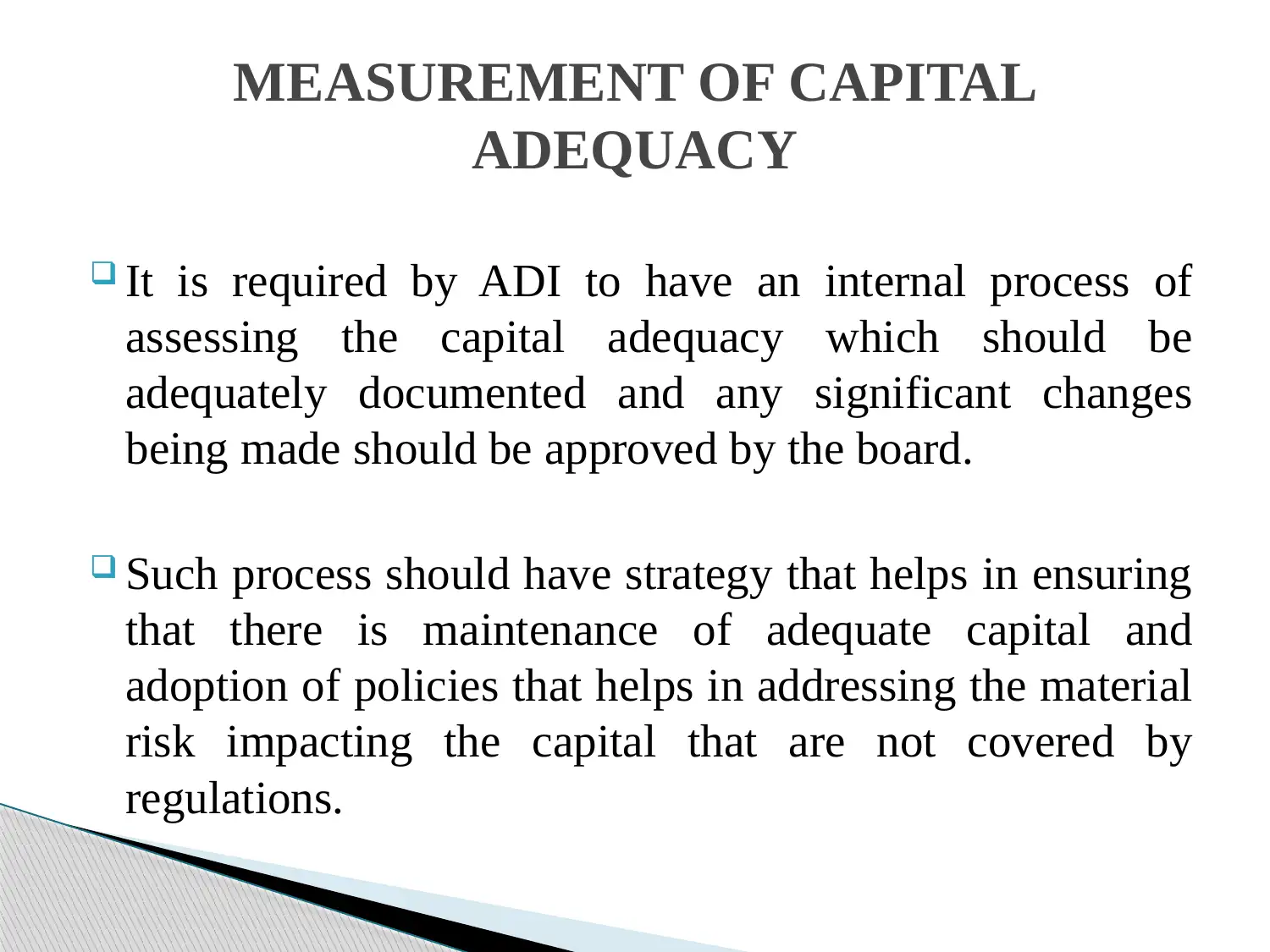




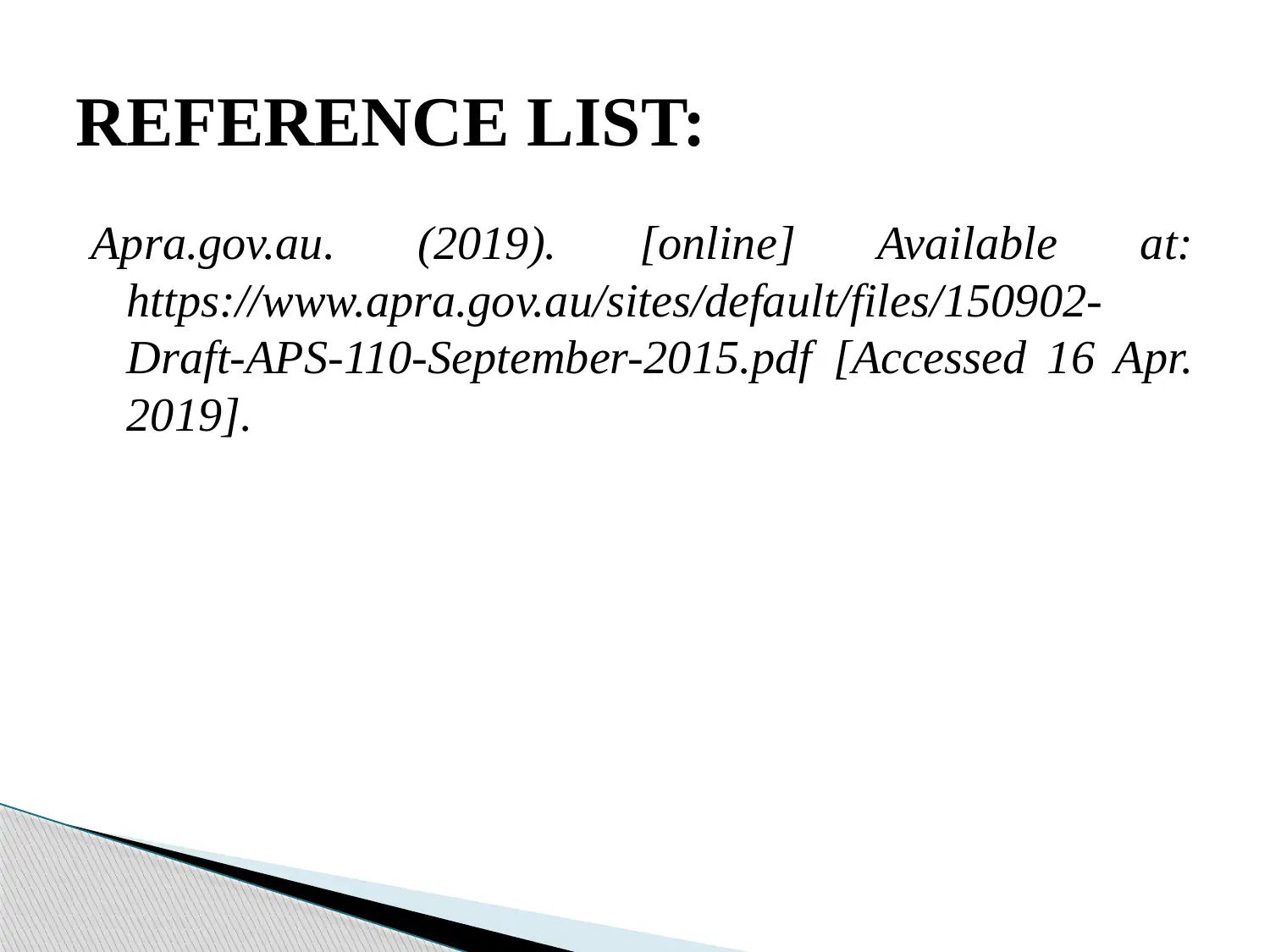






![[object Object]](/_next/static/media/star-bottom.7253800d.svg)